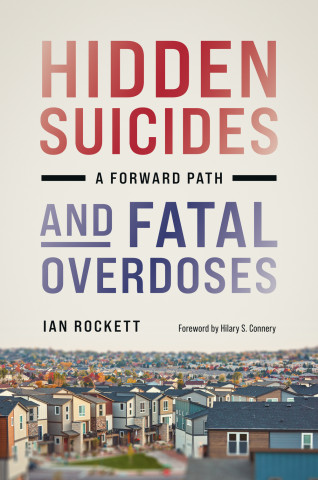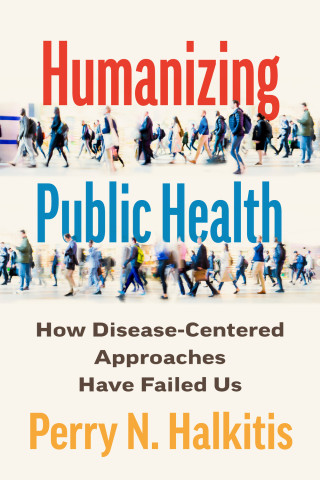
Reviews
Professor Rockett's essential book reveals unacceptable deficiencies in the way America counts suicide and overdose fatalities, while presenting a groundbreaking framework for understanding self-injury. He highlights the serious and mounting consequences of conceptualizing suicide and overdose deaths as separate threats and establishes a robust basis for revitalizing preventative initiatives.
Reading Ian Rockett's elegant, eloquent summation of his work to illuminate and elevate American and world suicide data, I was reminded of many places where my work complemented his. Repeatedly, I also was gripped by 'aha' moments about work I was doing or recently read: tidbits that belonged in limitations or validity checks.
This is an authoritative book that should appeal to an educated general audience as well as to professionals immersed in suicide investigation, research and prevention. There are many valuable lessons for medical students and for graduate students from diverse fields, including epidemiology, public health, sociology, political science, criminology, criminal justice, and the forensic sciences.
Ian Rockett tackles the neglected problem of suicide mismeasurement and proposes a solution from a sociology of knowledge perspective. He compellingly illustrates how suicide undercounting adversely impacts the understanding of a phenomenon and the adequacy of proposed policy interventions.
Book Details
Table of Contents
Foreword
Preface
Executive Summary
Introduction
1. Historical Questioning of Suicide Detection
2. Suicide as Second Fiddle in Medicolegal Death Investigations
3. American Suicide Data
Table of Contents
Foreword
Preface
Executive Summary
Introduction
1. Historical Questioning of Suicide Detection
2. Suicide as Second Fiddle in Medicolegal Death Investigations
3. American Suicide Data Quality in International Perspective
4. Are Black Suicide Rates Really Lower than White Rates?
5. Surging Opioid Mortality Complicates Suicide Detection
6. The Importance of Supplemental Information
7. Shifting the Suicide Paradigm Towards Self-Injury Mortality
8. Applying, Translating, and Disseminating Self-Injury Mortality
9. How Are the Nation and My State Faring?
10. Into the Future
Conclusion
Acknowledgements
Mortality-Related Glossary
References
Index





